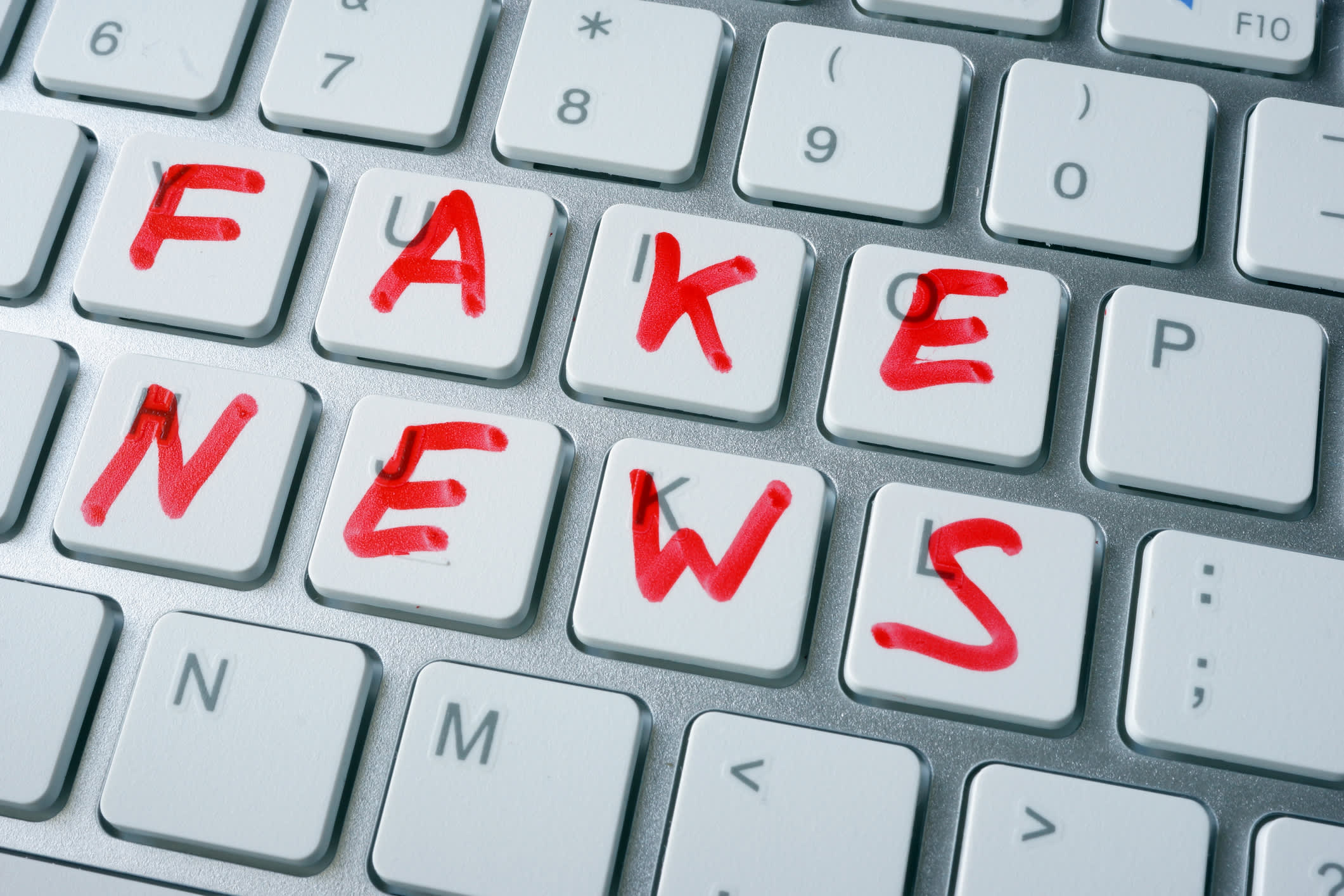
How to Dodge Fake News
Valeria Suarez
The concern of ‘fake news’ has increased over the past few years, some attributing this trend to the new administration. One must understand what ‘fake news’ is and is not in order to combat and avoid falling for the spread of misinformation.
What is fake news?
Simply put, fake news is any news story composed of misinformation or disinformation with no grounds for reliable evidence. When you read a news article and notice no sources or quotes, it can often indicate fake news.
The issue of fake news is concerning because it can spread propaganda, health policy lies, and climate change/science denial. The political spectrum influences the rate at which these fake news articles are written and believed, which leaves many people spreading misinformation. It is important to note that when someone spreads misinformation, it may not always be malice, but rather ignorance. However, spreading misinformation is a potentially dangerous thing that the majority of people do unknowingly.
For example, if you are watching a TikTok, whether it be about politics or climate change, and you send the video off to a friend without having watched the whole video, you are potentially spreading misinformation. You do not know if the creator of the video is an expert or knowledgeable in the field they discuss in the video, and you might be unsure if the information they gathered is reliable or current. Both are essential factors to consider when taking any sort of news. This is not to say that any video you encounter on TikTok or any related platform is unreliable or fake news. However, knowing that not everything you hear or see online is the truth is essential for recognizing this issue.
How can you combat Fake News?
1. Be aware of your biases as well as the potential biases of the source.
2. Make sure that the source is current and reliable. A reliable source would be an expert in the field.
3. Engage with the same topic using a variety of sources. For example, read a story told by a liberal-leaning journalist as well as a conservative journalist. Focus on how each journalist emphasizes key parts of the story, read the title, and consider the tone.
4. Determine whether the content is fact or opinion-based.
Although this is a highly pressing issue, you should not let the idea of fake news deter you from trusting all news sources. Instead, let this be a reminder to use your critical thinking skills. Never avoid being overly critical or judgmental when taking in the news. Fake news is not any news you disagree with; it is, however, propaganda, and for that, you have to be overly vigilant of the spread of misinformation.

